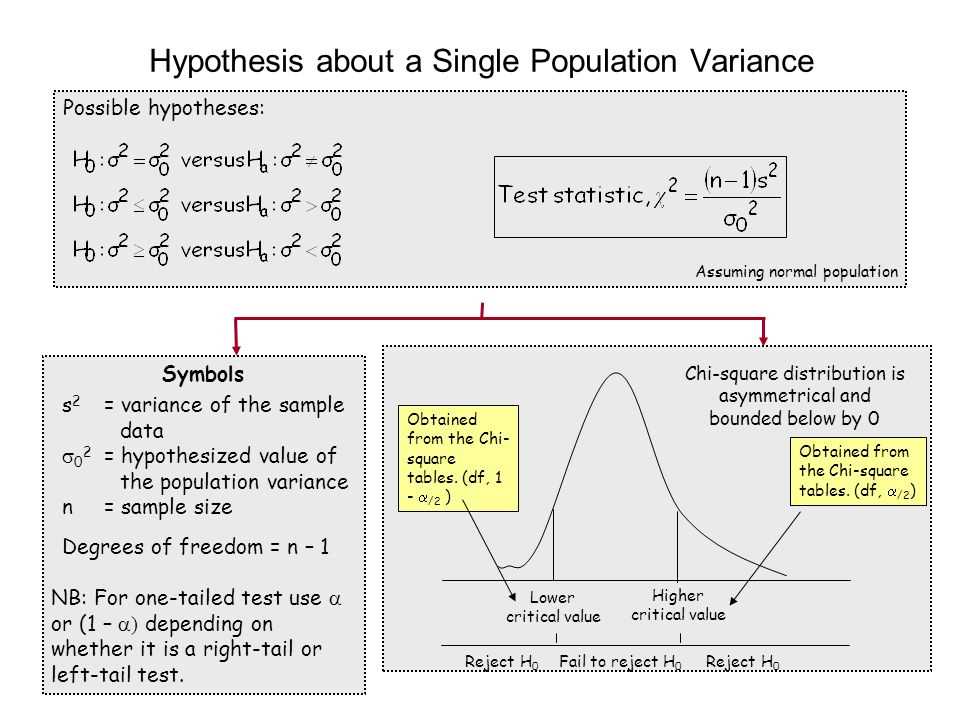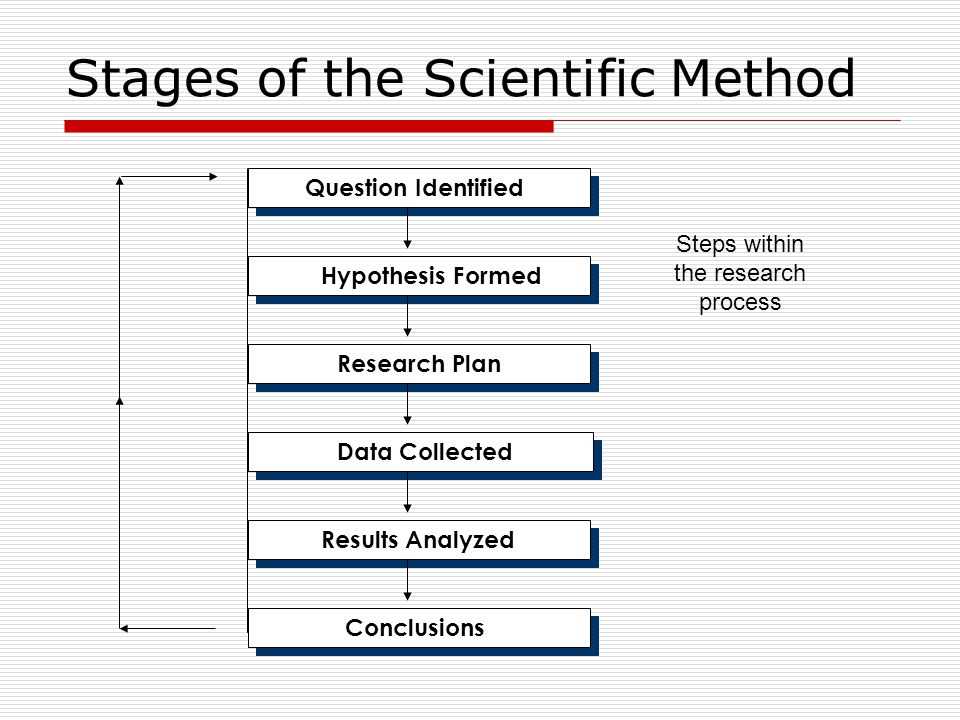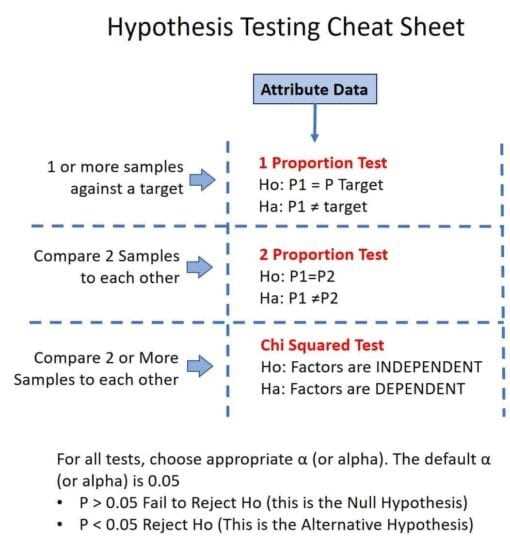
In the world of scientific research, hypotheses play a crucial role in the formulation and testing of theories. A hypothesis is a proposed explanation for a phenomenon or a prediction about the relationship between variables. In order to strengthen their skills in hypothesis formulation, scientists often engage in hypothesis practice using scenarios. This allows them to apply their knowledge to real-world situations and develop critical thinking skills.
The answer key to hypothesis practice using scenarios is a valuable tool that provides scientists with the correct solutions and explanations. It serves as a guide for understanding the underlying principles and concepts behind hypothesis formulation. By having access to the answer key, scientists can compare their own hypotheses with the correct answers and identify any gaps in their understanding.
Using scenario-based hypothesis practice also helps scientists develop their problem-solving skills. By analyzing the given scenarios and formulating hypotheses, they can improve their ability to identify relevant variables, consider alternative explanations, and evaluate the strength of their predictions. Through continuous practice, scientists become more proficient in hypothesis formulation, enabling them to conduct more rigorous and reliable scientific investigations.
Hypothesis Practice Using Scenarios Answer Key
When conducting a scientific experiment, it is essential to formulate a hypothesis, which is a tentative statement that explains the relationship between variables. The hypothesis should be testable, falsifiable, and based on prior knowledge or observations. In this exercise, we will review several scenarios and provide the answer key for the hypotheses.
Scenario 1:
Scenario: A researcher wants to investigate if caffeine consumption affects the time it takes for a person to fall asleep. They recruit 50 participants and randomly assign them to either a control group (no caffeine) or an experimental group (caffeine). The participants in the experimental group consume a cup of coffee before bedtime, while those in the control group consume a decaffeinated beverage. The researcher measures the time it takes for each participant to fall asleep and compares the results.
Hypothesis:
Null hypothesis (H0): There is no significant difference between the time it takes for a person to fall asleep in the control group and the experimental group.
Alternative hypothesis (HA): Consuming caffeine before bedtime significantly affects the time it takes for a person to fall asleep, resulting in a shorter sleep latency compared to the control group.
Scenario 2:

Scenario: A biologist wants to study the effect of temperature on the growth rate of bacteria. They set up three groups of bacterial cultures, each maintained at a different temperature: Group A at 20°C, Group B at 25°C, and Group C at 30°C. The biologist measures the growth rate of the bacteria in each group over a period of 24 hours.
Hypothesis:
Null hypothesis (H0): There is no significant difference in the growth rate of bacteria at different temperatures.
Alternative hypothesis (HA): The growth rate of bacteria is significantly affected by temperature, with the highest growth rate observed at 25°C compared to the other temperature conditions.
Scenario 3:
Scenario: An engineer wants to determine if a new type of material improves the fuel efficiency of cars. They randomly select 100 cars and divide them into two groups – Group A with the conventional material and Group B with the new material. The engineer measures the average fuel consumption of each group over a specified distance.
Hypothesis:
Null hypothesis (H0): There is no significant difference in the fuel efficiency of cars using the conventional material compared to the new material.
Alternative hypothesis (HA): The use of the new material significantly improves the fuel efficiency of cars, resulting in lower average fuel consumption compared to those using the conventional material.
By formulating and testing hypotheses, scientists can gain a better understanding of the relationships between variables and make evidence-based conclusions. The answer key provided here serves as an example of how hypotheses can be formulated in response to specific research scenarios.
Understanding Hypotheses and Scenarios
Introduction
When conducting research or experiments, it is essential to have a clear understanding of hypotheses and scenarios. These concepts play a significant role in guiding the investigation and analyzing the results. In this article, we will explore what hypotheses and scenarios are, how they are formulated, and their importance in the research process.
Hypotheses
A hypothesis is a tentative statement or prediction that helps researchers explain an observed phenomenon or make a prediction about the outcome of an experiment. It is based on prior knowledge, theories, and observations and serves as a starting point for further investigation. A hypothesis is typically formulated as an “if-then” statement, stating the expected relationship between variables.
Hypotheses are crucial in scientific research as they provide direction and focus to the study. They help researchers test specific predictions and evaluate the validity of their assumptions. Hypotheses can be either null (no relationship between variables) or alternative (a specific relationship between variables). It is important to formulate hypotheses that are measurable and testable so that the results can be analyzed statistically.
Scenarios

Scenarios, on the other hand, are fictional or hypothetical situations created to explore various possibilities and potential outcomes. They are often used in decision-making, planning, or forecasting to assess the impact of different factors or events. Scenarios allow researchers to consider different variables, assumptions, and conditions to understand the implications and make informed decisions.
Scenarios are particularly useful in complex or uncertain situations where multiple factors may influence the outcome. By creating different scenarios, researchers can evaluate the potential risks and opportunities associated with each and identify the best course of action. Scenarios can also help in identifying potential gaps in knowledge or areas that require further investigation.
Conclusion
Hypotheses and scenarios are valuable tools in research and analysis. Hypotheses provide a framework for formulating specific predictions and testing them through experiments or observation. They help researchers evaluate the validity of their assumptions and draw conclusions based on the evidence. Scenarios, on the other hand, allow researchers to explore different possibilities and outcomes to make informed decisions and assess potential risks and opportunities. By understanding and effectively using hypotheses and scenarios, researchers can enhance the quality and validity of their research and contribute to the advancement of knowledge in their field.
Importance of Answer Keys
The answer key is an essential tool in any educational setting. It provides students with a tangible reference to check their work and assess their understanding of the material. By having access to an answer key, students can verify if their answers are correct or incorrect, allowing them to self-correct and learn from any mistakes they may have made. This process of self-assessment is crucial for students to develop their critical thinking skills and improve their overall comprehension of the subject matter.
Moreover, the use of an answer key can also help teachers gauge the effectiveness of their instruction. By comparing students’ answers with the correct solutions provided in the answer key, educators can identify areas where students may be struggling and tailor their teaching methods accordingly. This allows for more targeted and personalized instruction, ultimately leading to better learning outcomes.
Additionally, answer keys can serve as a valuable resource for parents and guardians who want to support their child’s learning outside of the classroom. With an answer key, parents can review their child’s work and provide immediate feedback, helping to reinforce concepts and identify areas that may require additional practice.
Furthermore, answer keys can be used as a tool for standardized testing and assessment. These keys provide a consistent and objective way to evaluate student performance and compare it across different schools or regions. By using answer keys, educational institutions can ensure fairness and transparency in the evaluation process.
In summary, the importance of answer keys cannot be overstated. They provide students with a valuable learning tool, help teachers assess their instruction, aid parents in supporting their child’s learning, and ensure fairness in standardized testing. Answer keys are a necessary component in any educational setting and contribute to the overall success and growth of students.
Hypothesis Practice Scenario 1: The Effects of Temperature on Plant Growth
One hypothesis for the effects of temperature on plant growth could be that higher temperatures lead to increased growth and higher yields, while lower temperatures result in stunted growth and decreased yields. This hypothesis is based on the understanding that temperature plays a crucial role in plant metabolic processes, such as photosynthesis and respiration. These processes are known to be temperature-sensitive, with optimal temperatures for growth varying among plant species.
To test this hypothesis, a controlled experiment could be set up with multiple groups of the same plant species. Each group would be exposed to a different temperature range, with one group placed in optimal conditions, another in higher temperatures, and a third in lower temperatures. The growth and development of the plants, including measurements such as plant height, leaf area, and yield, would be monitored over a specified period.
If the hypothesis holds true, it is expected that the group exposed to optimal temperatures would show the highest growth and yield, while the group in lower temperatures would have the lowest. The group in higher temperatures may exhibit accelerated growth initially but could experience negative effects, such as wilting or reduced photosynthetic activity, as temperatures become too extreme.
These findings could have implications for agricultural practices, as understanding the temperature requirements of different plant species can help farmers optimize growth conditions and increase yields. Additionally, this research could contribute to a better understanding of how climate change and temperature fluctuations may impact plant growth and food production in the future.
Hypothesis Practice Scenario 2: The Relationship Between Study Habits and Exam Performance
In this scenario, we will explore the relationship between study habits and exam performance. The hypothesis being tested is whether students who have effective study habits will perform better in exams compared to those who do not.
To test this hypothesis, a sample of students will be selected from a particular educational institution. The students will be divided into two groups – one group consisting of students who have been identified to have effective study habits, and the other group consisting of students who have been identified to have poor study habits.
The dependent variable in this study will be the exam performance, which will be measured by the students’ grades on a standardized exam. The independent variable will be the study habits of the students, which will be assessed through surveys and interviews.
- The null hypothesis for this study is that there is no significant difference in exam performance between students with effective study habits and those with poor study habits.
- The alternative hypothesis is that students with effective study habits will perform better in exams compared to those with poor study habits.
Data will be collected by administering the surveys and interviews to the selected students. The exam scores of the students will also be recorded. Statistical analysis will be performed to compare the exam performance between the two groups and determine if there is a significant difference.
If the alternative hypothesis is supported by the data and a significant difference in exam performance is found, it would suggest that study habits have a direct impact on exam performance. This would highlight the importance of implementing effective study strategies and promoting good study habits among students to improve their academic achievement.
Hypothesis Practice Scenario 3: The Influence of Advertising on Consumer Purchasing Decisions

In this scenario, we are investigating the influence of advertising on consumer purchasing decisions. Our hypothesis is that targeted advertising has a significant impact on consumer behavior and can lead to increased sales for the advertised products.
To test our hypothesis, we will conduct a study where participants are exposed to different types of advertising for a particular product. We will then analyze their purchasing decisions to determine if there is a correlation between the type of advertising they were exposed to and their likelihood of making a purchase.
Experimental Design:
- Participants will be randomly assigned to three different groups: Group A, Group B, and Group C.
- Group A will be exposed to targeted advertising for the product. This advertising will be tailored specifically to their interests and preferences.
- Group B will be exposed to generic advertising for the product. This advertising will not be targeted and will be the same for all participants.
- Group C will not be exposed to any advertising for the product.
- After being exposed to the advertising (or lack thereof), participants will be given the opportunity to purchase the product.
- We will compare the purchasing rates of the three groups to determine if there is a significant difference.
Expected Results:
We expect to find that participants in Group A, who were exposed to targeted advertising, will have a higher purchasing rate compared to participants in Group B and Group C. This would support our hypothesis that targeted advertising has a significant influence on consumer purchasing decisions. On the other hand, we anticipate that participants in Group B, who were exposed to generic advertising, will have a higher purchasing rate than those in Group C. This would suggest that any type of advertising, even if not targeted, can still have an impact on consumer behavior.
Implications:
If our study confirms our hypothesis, it would provide evidence for the effectiveness of targeted advertising in influencing consumer purchasing decisions. This information could be valuable for advertisers and marketers, as it would emphasize the importance of tailoring advertisements to the interests and preferences of their target audience. It could also inform the development of more effective advertising strategies that can lead to increased sales and revenue for businesses.